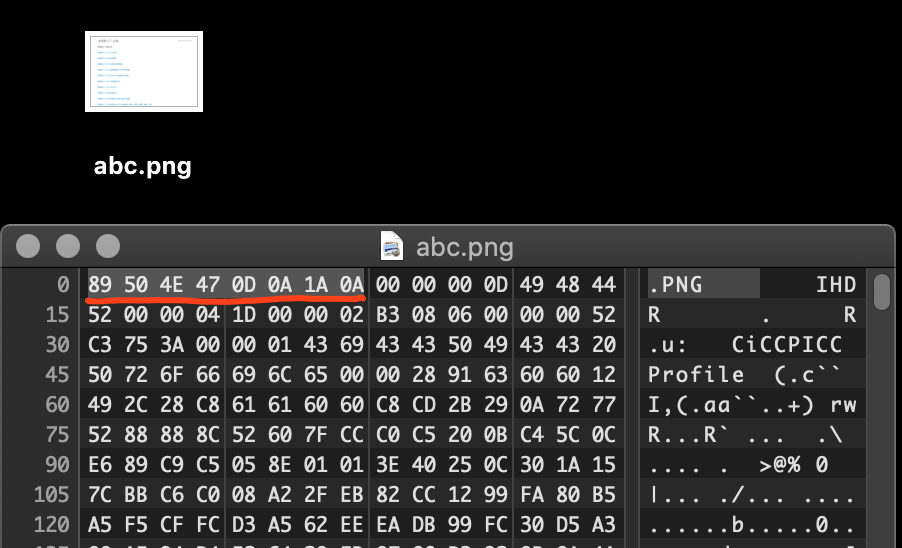一起来学 SpringBoot 2.x | 第十五篇:actuator 与 spring-boot-admin 可以说的秘密
- 2019 年 10 月 29 日
- 筆記
来源:http://t.cn/EwMgr3F
- 什么是SBA
- 导入依赖
- 属性配置
- 描述信息
- 主函数
- 测试
- 总结
- 说点什么
SpringBoot是为了简化Spring应用的创建、运行、调试、部署等一系列问题而诞生的产物,自动装配的特性让我们可以更好的关注业务本身而不是外部的XML配置,我们只需遵循规范,引入相关的依赖就可以轻易的搭建出一个 WEB 工程
一起来学SpringBoot | 第十四篇:强大的 actuator 服务监控与管理 中介绍了actuator 的作用,细心的朋友可能会发现通过http restful api的方式查看信息过于繁琐也不够直观,效率低下,运维人员看到JSON数据更是一脸懵逼,当服务过多的时候查看起来就过于操蛋了,每个服务都需要调用不同的接口来查看监控信息,备受各种困扰因素的我默默翻了下全球最大男性交友平台找到了spring-boot-admin
什么是SBA
SBA 全称 Spring Boot Admin 是一个管理和监控 Spring Boot 应用程序的开源项目。分为admin-server 与 admin-client 两个组件,admin-server通过采集 actuator 端点数据,显示在 spring-boot-admin-ui 上,已知的端点几乎都有进行采集,通过 spring-boot-admin 可以动态切换日志级别、导出日志、导出heapdump、监控各项指标 等等….
Spring Boot Admin 在对单一应用服务监控的同时也提供了集群监控方案,支持通过eureka、consul、zookeeper等注册中心的方式实现多服务监控与管理…
导入依赖
在 pom.xml 中添加 spring-boot-admin 的相关依赖,这里只演示单机版本的,因此就自己监控自己了
<dependencies> <!-- 服务端:带UI界面 --> <dependency> <groupId>de.codecentric</groupId> <artifactId>spring-boot-admin-starter-server</artifactId> <version>2.0.0</version> </dependency> <!-- 客户端包 --> <dependency> <groupId>de.codecentric</groupId> <artifactId>spring-boot-admin-starter-client</artifactId> <version>2.0.0</version> </dependency> <!-- 安全认证 --> <dependency> <groupId>org.springframework.boot</groupId> <artifactId>spring-boot-starter-security</artifactId> </dependency> <!-- 端点 --> <dependency> <groupId>org.springframework.boot</groupId> <artifactId>spring-boot-starter-actuator</artifactId> </dependency> <dependency> <groupId>org.springframework.boot</groupId> <artifactId>spring-boot-starter-web</artifactId> </dependency> <dependency> <groupId>org.springframework.boot</groupId> <artifactId>spring-boot-starter-test</artifactId> <scope>test</scope> </dependency> <!-- 在管理界面中与 JMX-beans 进行交互所需要被依赖的 JAR --> <dependency> <groupId>org.jolokia</groupId> <artifactId>jolokia-core</artifactId> </dependency> </dependencies>
注意事项
如果要访问info接口想获取maven中的属性内容请记得添加如下内容
<build> <plugins> <plugin> <groupId>org.springframework.boot</groupId> <artifactId>spring-boot-maven-plugin</artifactId> <executions> <execution> <goals> <goal>build-info</goal> </goals> </execution> </executions> </plugin> </plugins> </build>
属性配置
在 application.properties 文件中配置actuator的相关配置,其中info开头的属性,就是访问info端点中显示的相关内容,值得注意的是Spring Boot2.x中,默认只开放了info、health两个端点,剩余的需要自己通过配置management.endpoints.web.exposure.include属性来加载(有include自然就有exclude,不做详细概述了)。这个management.endpoints.web.base-path属性比较重要,因为Spring Boot2.x后每个端点默认的路径是/actuator/endpointId这样一来Spring Boot Admin是无法正常采集的
application.properties
# 描述信息 info.blog-url=http://blog.battcn.com info.author=Levin # 如果 Maven 插件没配置此处请注释掉 [email protected]@ [email protected]@ # 选择激活对应环境的配置,如果是dev则代表不用认证就能访问监控页,prod代表需要认证 spring.profiles.active=prod # 日志文件 logging.file=./target/admin-server.log # 加载所有的端点/默认只加载了 info / health management.endpoints.web.exposure.include=* # 比较重要,默认 /actuator spring-boot-admin 扫描不到 management.endpoints.web.base-path=/ management.endpoint.health.show-details=always spring.boot.admin.client.url=http://localhost:8080 # 不配置老喜欢用主机名,看着不舒服.... spring.boot.admin.client.instance.prefer-ip=true
application-dev.properties – 空 application-prod.properties
为了安全起见,应采用认证的方式
# 登陆所需的账号密码 spring.security.user.name=battcn spring.security.user.password=battcn # 便于客户端可以在受保护的服务器上注册api spring.boot.admin.client.username=battcn spring.boot.admin.client.password=battcn # 便服务器可以访问受保护的客户端端点 spring.boot.admin.client.instance.metadata.user.name=battcn spring.boot.admin.client.instance.metadata.user.password=battcn
主函数
添加上 @EnableAdminServer 注解即代表是Server端,集成UI的
package com.battcn; import de.codecentric.boot.admin.server.config.AdminServerProperties; import de.codecentric.boot.admin.server.config.EnableAdminServer; import org.springframework.boot.SpringApplication; import org.springframework.boot.autoconfigure.SpringBootApplication; import org.springframework.context.annotation.Configuration; import org.springframework.context.annotation.Profile; import org.springframework.security.config.annotation.web.builders.HttpSecurity; import org.springframework.security.config.annotation.web.configuration.WebSecurityConfigurerAdapter; import org.springframework.security.web.authentication.SavedRequestAwareAuthenticationSuccessHandler; /** * @author Levin */ @SpringBootApplication @EnableAdminServer public class Chapter14Application { public static void main(String[] args) { SpringApplication.run(Chapter14Application.class, args); } /** * dev 环境加载 */ @Profile("dev") @Configuration public static class SecurityPermitAllConfig extends WebSecurityConfigurerAdapter { @Override protected void configure(HttpSecurity http) throws Exception { http.authorizeRequests().anyRequest().permitAll() .and().csrf().disable(); } } /** * prod 环境加载 */ @Profile("prod") @Configuration public static class SecuritySecureConfig extends WebSecurityConfigurerAdapter { private final String adminContextPath; public SecuritySecureConfig(AdminServerProperties adminServerProperties) { this.adminContextPath = adminServerProperties.getContextPath(); } @Override protected void configure(HttpSecurity http) throws Exception { SavedRequestAwareAuthenticationSuccessHandler successHandler = new SavedRequestAwareAuthenticationSuccessHandler(); successHandler.setTargetUrlParameter("redirectTo"); http.authorizeRequests() .antMatchers(adminContextPath + "/assets/**").permitAll() .antMatchers(adminContextPath + "/login").permitAll() .anyRequest().authenticated() .and() .formLogin().loginPage(adminContextPath + "/login").successHandler(successHandler).and() .logout().logoutUrl(adminContextPath + "/logout").and() .httpBasic().and() .csrf().disable(); } } }
测试
完成准备事项后,启动Chapter14Application 访问 http://localhost:8080/login 看到登陆页面则代表一切正常,接着输入账号密码点击登陆即可…

首页
由于篇幅原因大图就不放太多了,有兴趣的朋友可以直接fork代码运行即可
总结
参考文档:http://codecentric.github.io/spring-boot-admin/2.0.0/
目前很多大佬都写过关于 SpringBoot 的教程了,如有雷同,请多多包涵,本教程基于最新的 spring-boot-starter-parent:2.0.2.RELEASE编写,包括新版本的特性都会一起介绍…
说点什么
全文代码:https://github.com/battcn/spring-boot2-learning/tree/master/chapter14

